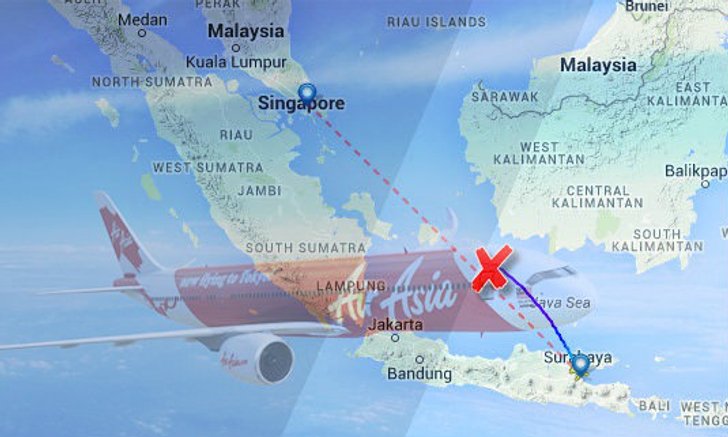

There is talk of expanded connectivity, seamless transfer, co-ordinated flight schedules, joint marketing activities and the development of a common “airpass” for customers of both airlines to enable travel on a single ticket to multiple destinations.Īlso in the works are joint fare products, the alignment of corporate programmes and tie-ups between their frequent-flyer programmes. But the boldest proposal yet is revenue sharing on flights between Singapore and Malaysia, a move that requires regulatory approval. This will pave the way for more code-share flights to destinations beyond the two countries. The new deal will increase the number to 16 domestic destinations in Malaysia, and will include SIA's subsidiaries SilkAir and Scoot as well as MAS' budget offshoot Firefly. SIA and MAS are already code-sharing flights to Singapore, Kuala Lumpur, Penang, Kota Kinabalu and Kuching. So what's new and what does it mean for both airlines? MAS chief executive Izham Ismail said it would be “more than a conventional partnership” while his SIA counterpart Goh Choon Phong hailed it as taking the partnership “to a new level”. Known as Malaysia-Singapore Airlines until 1972 when it split into two separate national airlines, the pair has taken nearly half a century to move from being rivals to hopefully becoming partners beyond the mere code-sharing of flights.

Those prices are inclusive of taxes and fees.įull details can be found on the Malaysia Airlines website here or contacting their HK ticket office (telephone number 3001 0026)or your HK travel agent.The tie-up between Singapore Airlines (SIA) and Malaysia Airlines (MAS) that both sides announced last month reads like an old unpublished story that has long been waiting in the wings before finally being given the green light.

Next is $58 ($267) for Siem Reap, Bangkok, Rangoon and more, and finally $87 ($311) gets you from KL to Bali or Hanoi. Next is $39 ($239) and can reach Phuket, Phnom Penh, Jakarta and more. The cheapest is US$31 in economy ($142 in business) and will get you from KL to Langkawi or Singapore, for example. There are four coupon prices, based on destination and class of travel – all coupons must be booked in one travel class. This could be a good value way to construct a trip around south east Asia. Apart from that, it’s pretty straightforward. For two, they cannot start and end in the same place, so for example, you cannot just use it in lieu of a return ticket from KL to somewhere else (although for four coupons that would be fine, if you wanted two return flights between KL and Singapore, for example). The pass consists of two to five flight coupons. Malaysia has also had some great international business class fares out of Phuket lately and this could also be a good way to position yourself to take advantage of those. Malaysia often has competitive deals on its HK to KL ticket prices. So, for example, if you fly from HK into Kuala Lumpur you will be eligible.

The pass is available if you will be flying into Malaysia on a Malaysian or Emirates flight, from outside southeast Asia. If you are planning on travelling around south east Asia, Malaysia Airlines’ ASEAN airpass is worth considering.


 0 kommentar(er)
0 kommentar(er)
